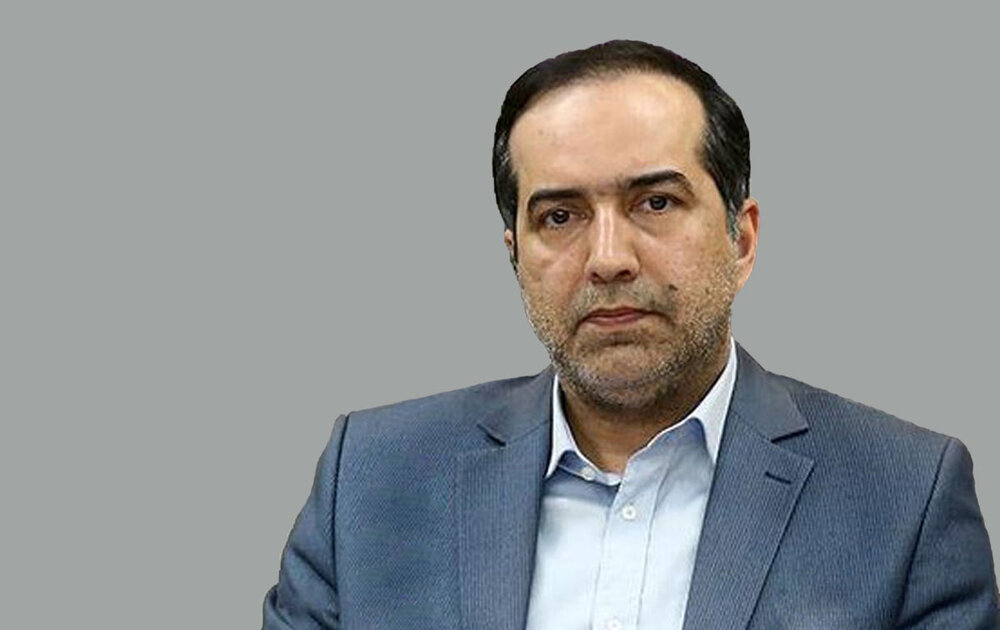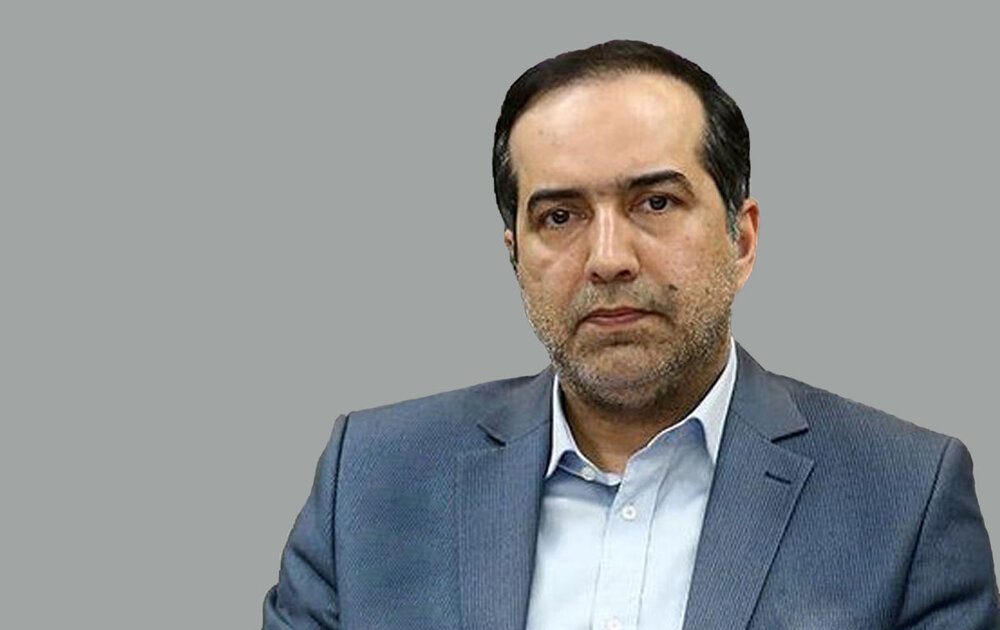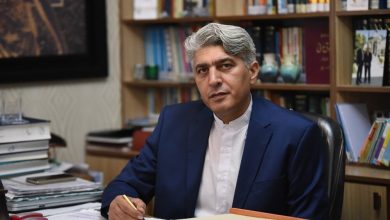

In his time, widespread industrialization took place and a paradise of socialism emerged that attracted Western intellectuals. Western governments and the media were amazed at his perfectionism. For this reason, or because of his gratitude for his participation in the World War, he became Time magazine’s Man of the Year (1942). Perhaps the first person to understand that this soldier against Hitler is no less dangerous than #Churchill, who unveiled the Iron Wall in his famous speech at a college in Missouri, USA (1948). This Churchill speech came shortly after the end of the World War with the end of their honeymoon. He awakened his allies with Western (democratic) values from their slumber, and mentioned yesterday’s coalition demands from eastern and central Europe and an attempt to erect an iron curtain.
Under Stalin, a world war broke out and his Red Army, with the help of a harsh winter, stopped Hitler’s war machine. The main burden of the land battle on the Allied front fell on his own soldiers. During his rule, the Soviet Union went nuclear and emerged as one of the two superpowers with the changes that occurred in the international geography; A great power that had many European countries as its satellites and, despite the teachings of Trotsky, tried to spread the communist revolution in other regions of the world. According to the author of the research book The Red Tsar, Stalin was the most studied leader of the Soviet Union from Lenin to Gorbachev, and this statement was surprising to those of us who thought that Stalin was an example of gallant satire.
He was smart. In the last months of his predecessor’s life, when Lenin endeavored to alienate and isolate this incoherent friend, and while there were others more literate, more revolutionary, and closer to Lenin than he, he managed to defeat his rivals. and his colleagues with a calculated move in the game of political chess, then he removed it with intimidation and threats, and finally he put on royal clothes.
But Stalin is not familiar with these points. His personality cult and brutality are his main features in history, and this book describes his fearsome politics in his dealings with intellectuals and writers. This book was written in 1964 and published outside the USSR. This means that even 11 years have passed since the death of the Man of Steel (an irony in the translation of his name) and the beginning of the de-Stalinization and restoration of dignity wave, but still dealing with the details of the Stalinist purges. It was taboo.
Osip-Mandelstam, one of the leading poets of the era, got into a lot of trouble for writing a poem about Stalin’s suicide. The poem, which was only read to 15-20 friends, did not come to paper! And one of them, the poet revealed his plight. This book is a description of the secret police raid on his house, interrogations and exile for 3 years, then imprisonment and sending him to forced labor camps and the Siberian gulag, and the poet’s wife gives her life experience as an eyewitness. “Isolate him, but preserve his health,” said Stalin – who himself was interested in the field of intellectuals and writing with all his preoccupation. Such an order from a dictator who has proved his ruthlessness in much smaller crimes (not an openly self-contradictory poem) is surprising and speaks to the high status and influence of the poet. The life of this couple, especially when all the subsidies usually given to literary writers by the Moscow government, were cut off. Homelessness, deprivation of housing in 15 major cities and a radius of 100 km from Moscow, fear of friends to communicate with them, isolation, illness, extreme poverty and, most importantly, the shadow of fear of the secret police, are the main coordinates of their lives. which are depicted in excruciating detail in this 600-page book. This couple was to go secretly to their friends in Moscow or Leningrad (St. Petersburg) under the fear of the secret police, and through their patrons—who were mostly great writers and poor—save a minimum of their sustenance and return to their lodging for the night. As a result of these pressures and his poor poetic nature, Mandelstam finally suffers from mental illness, and although he writes a poem in praise of the so-called amazing developments of the Stalin era at the behest of his benefactors, he does not. He shows no signs of anger and does not reduce his hatred for the dictator and eventually dies in a concentration camp.
What is clearly visible in the lower tier of the work:
1- The author survived the destruction of this literary heritage despite the regime’s attempt to destroy the manuscripts and the memory of his wife.
2- Although the author has high academic degrees, a university professor, and a thinker, he is not ostentatious and has done a complete job to express the perfections and torments of his wife and to represent the stifling situation of the Stalin era. .
3- His tone is moral. He has no grudge against the cowardice of his fellow professionals and human trafficking, and often magnanimously exonerates them and points out the necessity of survival, and the dignity of the living, avoiding explicitly mentioning their names therefor. That the existing system does not create evil for them. Al-Taafi, who does not seem important and great in our eyes today, but it is clear how influential he was in that difficult era. He even dedicates a chapter of his book to Victor Shklovsky, the great literary critic, and his loving family.
4- Poetry is highly respected in Russia and great writers like Pasternak (author of Doctor Zhivago) insisted on being poets first and foremost and being considered as such.
5- The policy of the Moscow government was to settle famous poets and writers in complexes. Although this is interpreted as honoring them in providing housing, it has a much more important goal: to make it easier to monitor and control!
6- It is known that Stalin’s cruelty towards scholars and intellectuals, and the wave of exile, imprisonment, and the Gulag began in 1937, but the author proves that the purges and purges began three to four years ago, and among them is the Mandelstam case. ; However, the Great Purge has occurred since 1937.
8- The translator’s footnotes are a list of dozens of famous Russian writers who were assassinated, went into the gulag during the purges, or were executed.










